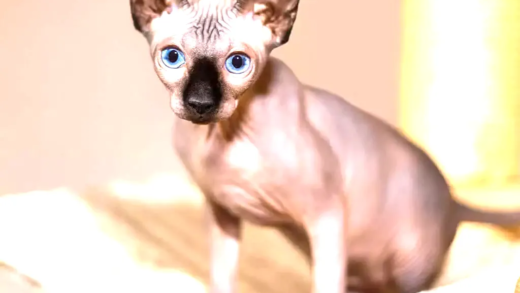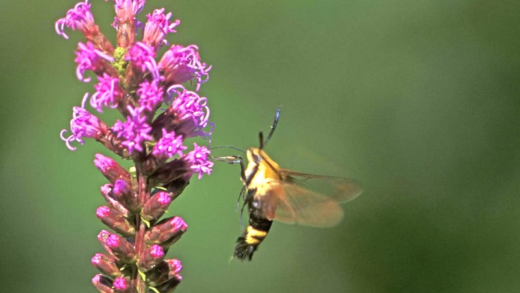Understanding duck classifications aids birdwatchers in identifying species, enhances appreciation for biodiversity, and contributes to conservation efforts. Fun facts highlight their diversity and unique traits, while awareness of conservation statuses emphasizes the need for habitat protection.
What are Dabbling Ducks?
Types of ducks include dabbling ducks, which are known for their unique feeding habits. Dabbling ducks feed mainly on the surface of the water or tip their bodies forward to reach underwater plants. They do not dive but rather float and forage, making them distinct from other duck types. Their behavior is often characterized by a relaxed demeanor, and they can be seen in large groups, often quacking and socializing.
Preferred Habitats of Dabbling Ducks
Dabbling ducks thrive in various habitats, primarily found in shallow freshwater bodies like ponds, marshes, and wetlands. These environments provide ample food sources, such as aquatic plants and insects. Additionally, dabbling ducks prefer areas with vegetation that offers cover from predators. They are often spotted in both natural and artificial wetlands, adapting well to different landscapes.
Diving Ducks Characteristics
Diving ducks, unlike their dabbling counterparts, possess unique physical traits that enable them to thrive underwater. They have more streamlined bodies, strong legs positioned further back, and often larger feet that aid in propulsion while diving. This specialization allows them to reach deeper waters in search of food. Their coloration is typically darker, providing camouflage against predators while submerged.
How Diving Ducks Find Food
Diving ducks employ various methods to locate food underwater. They dive to significant depths, using their keen eyesight to spot prey such as fish, mollusks, and aquatic plants. Some species can dive up to 60 feet deep! They often use their strong legs to paddle quickly, propelling themselves as they forage. This unique feeding strategy sets diving ducks apart from dabbling ducks, showcasing their adaptability and specialization in aquatic ecosystems.
Unique Features of Perching Ducks
Perching ducks are a fascinating subset of the duck family, distinct from dabbling and diving ducks. Their unique features include specialized feet that allow them to grip branches and other perches. Unlike other ducks, perching ducks have longer toes and sharp claws that aid in their ability to navigate trees and shrubs. This adaptation is essential for roosting and nesting in higher locations, providing safety from predators. Common examples of perching ducks include the Mandarin Duck and the Wood Duck, both known for their vibrant plumage and striking appearances.
Nesting and Roosting of Perching Ducks
Nesting and roosting behaviors of perching ducks differ significantly from other duck types. These ducks typically prefer to nest in tree cavities or on elevated platforms. They often use abandoned nests of other birds or natural tree hollows. The high nesting sites protect their young from ground predators. During the night, perching ducks roost in trees or shrubs, allowing them to stay safe while resting. Their nesting sites are often near water bodies, ensuring easy access to food sources and safe escape routes if needed.
Identifying Ducks for Birdwatching
Identifying different types of ducks is essential for birdwatching enthusiasts. Here are some tips to help recognize various duck species:
- Dabbling Ducks: Look for ducks that feed on the water’s surface, often tipping their bodies forward. Common species include the Mallard and Northern Pintail.
- Diving Ducks: Notice ducks that dive below the surface. Species like the Common Goldeneye and Canvasback are prime examples.
- Perching Ducks: Identify these by their unique perching habits and vibrant colors. The Wood Duck is easily recognizable with its striking markings.
Familiarizing yourself with the specific characteristics, colors, and behaviors of these ducks can enhance your birdwatching experience significantly.
Common Examples of Dabbling, Diving, and Perching Ducks
Here’s a quick reference list of common duck species across the three categories:
- Dabbling Ducks:
- Mallard
- Northern Pintail
- American Black Duck
- Diving Ducks:
- Common Goldeneye
- Canvasback
- Redhead
- Perching Ducks:
- Wood Duck
- Mandarin Duck
- Black-bellied Whistling Duck
These examples can help birdwatchers identify ducks in the wild, enriching their understanding of waterfowl diversity.
Importance of Understanding Duck Classifications
Understanding different types of ducks is crucial for birdwatchers and nature enthusiasts alike. Knowledge of duck classifications enhances the birdwatching experience, allowing individuals to identify various species and appreciate their unique behaviors. Each type of duck—dabbling, diving, and perching—has distinct characteristics and habitats that influence their roles in ecosystems. Recognizing these differences can lead to more informed observations and enrich one’s connection to nature.
Moreover, being aware of duck classifications aids in conservation efforts. By understanding which species are thriving and which are at risk, birdwatchers can contribute to habitat protection initiatives. This knowledge fosters a deeper appreciation for biodiversity, ultimately encouraging efforts to preserve natural environments.
Fun Facts About Ducks
Ducks are fascinating creatures with many interesting traits! Here are some fun facts to engage readers:
- Diversity: There are over 120 species of ducks worldwide, each with its own unique adaptations.
- Communication: Ducks have a wide range of vocalizations, from quacks to whistles, used for mating calls and warning signals.
- Migration: Many duck species are migratory, traveling thousands of miles between breeding and wintering grounds.
- Feeding Techniques: Dabbling ducks can tip their bodies to feed in shallow waters, while diving ducks can reach depths of up to 60 feet!
- Colorful Plumage: Male ducks often have vibrant colors to attract females, while females typically have muted tones for camouflage.
These facts not only entertain but also highlight the remarkable adaptations ducks have developed to thrive in diverse environments.
Conservation Status of Different Duck Types
The conservation status of various duck species is a growing concern. While some species, like the Mallard, are abundant, others face significant threats. Habitat loss, pollution, and climate change are among the primary factors affecting duck populations.
For example, the Northern Pintail has seen declines in its numbers due to wetland destruction. Conversely, the Wood Duck has made a comeback thanks to conservation efforts and habitat restoration. Protecting wetlands and maintaining healthy ecosystems is vital for the survival of many duck species.
Birdwatchers play a key role in conservation by participating in citizen science projects, reporting sightings, and advocating for environmental protection. Awareness of the conservation status of different duck types helps to mobilize support for necessary initiatives, ensuring these beautiful birds continue to grace our wetlands.





Comments are closed.